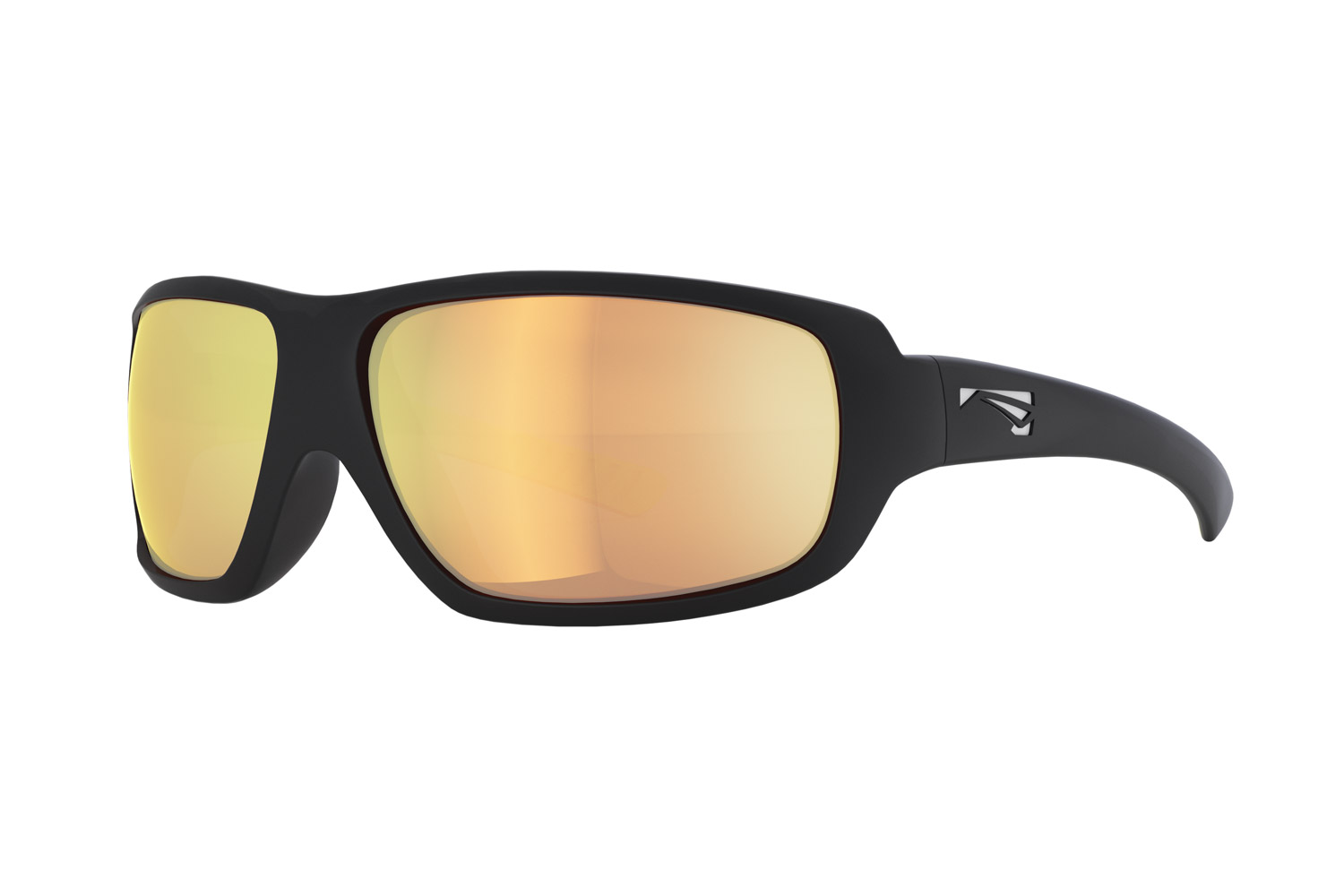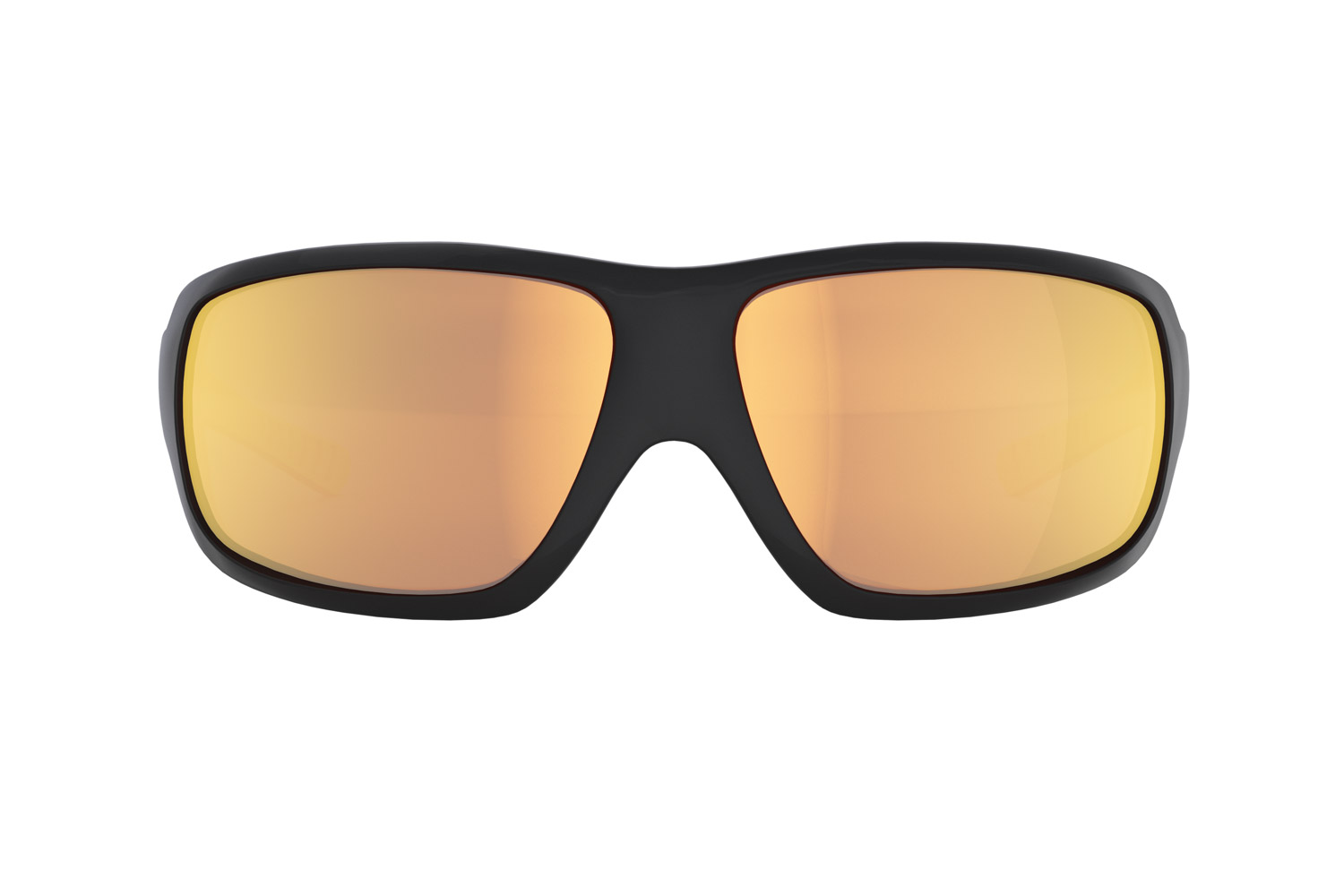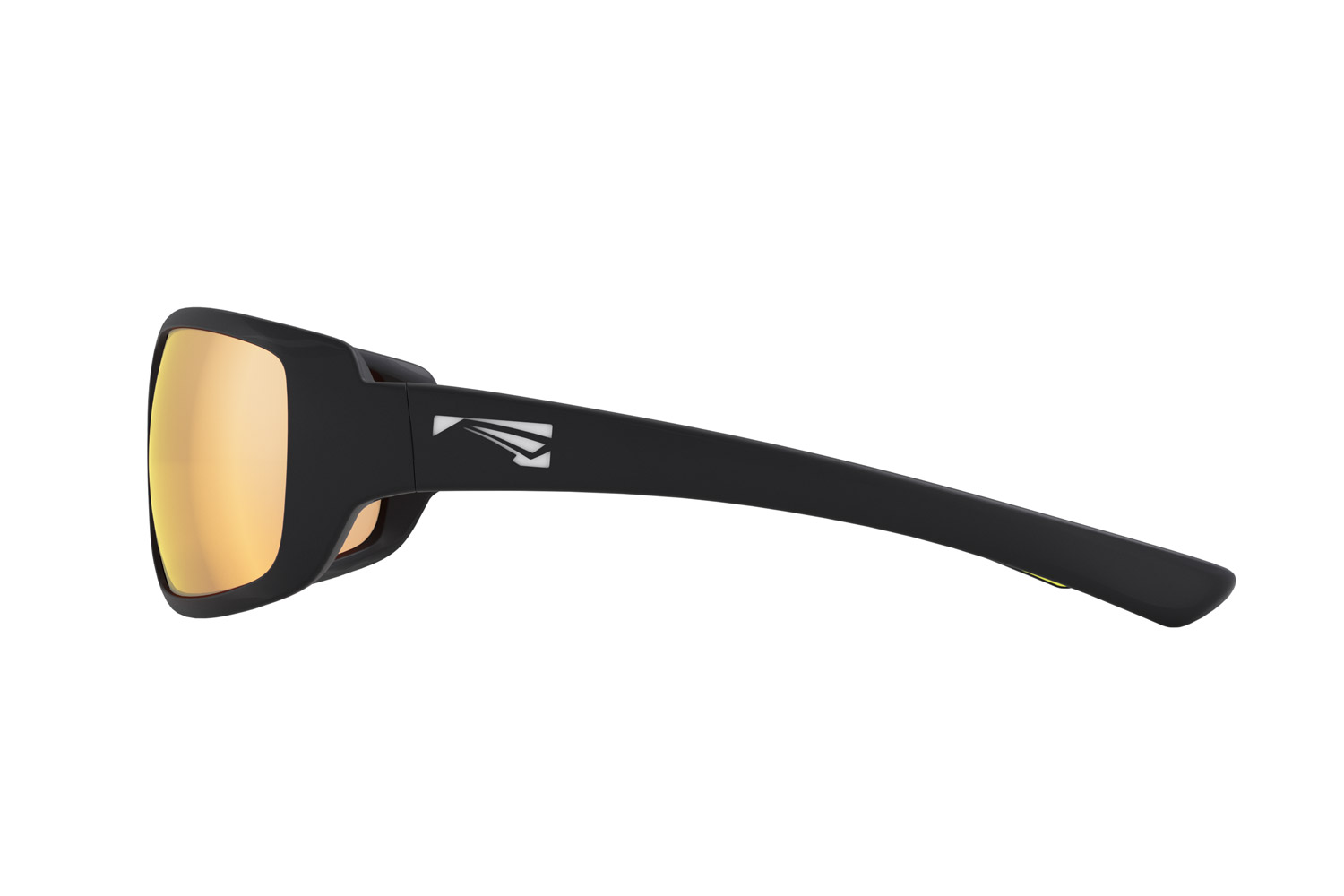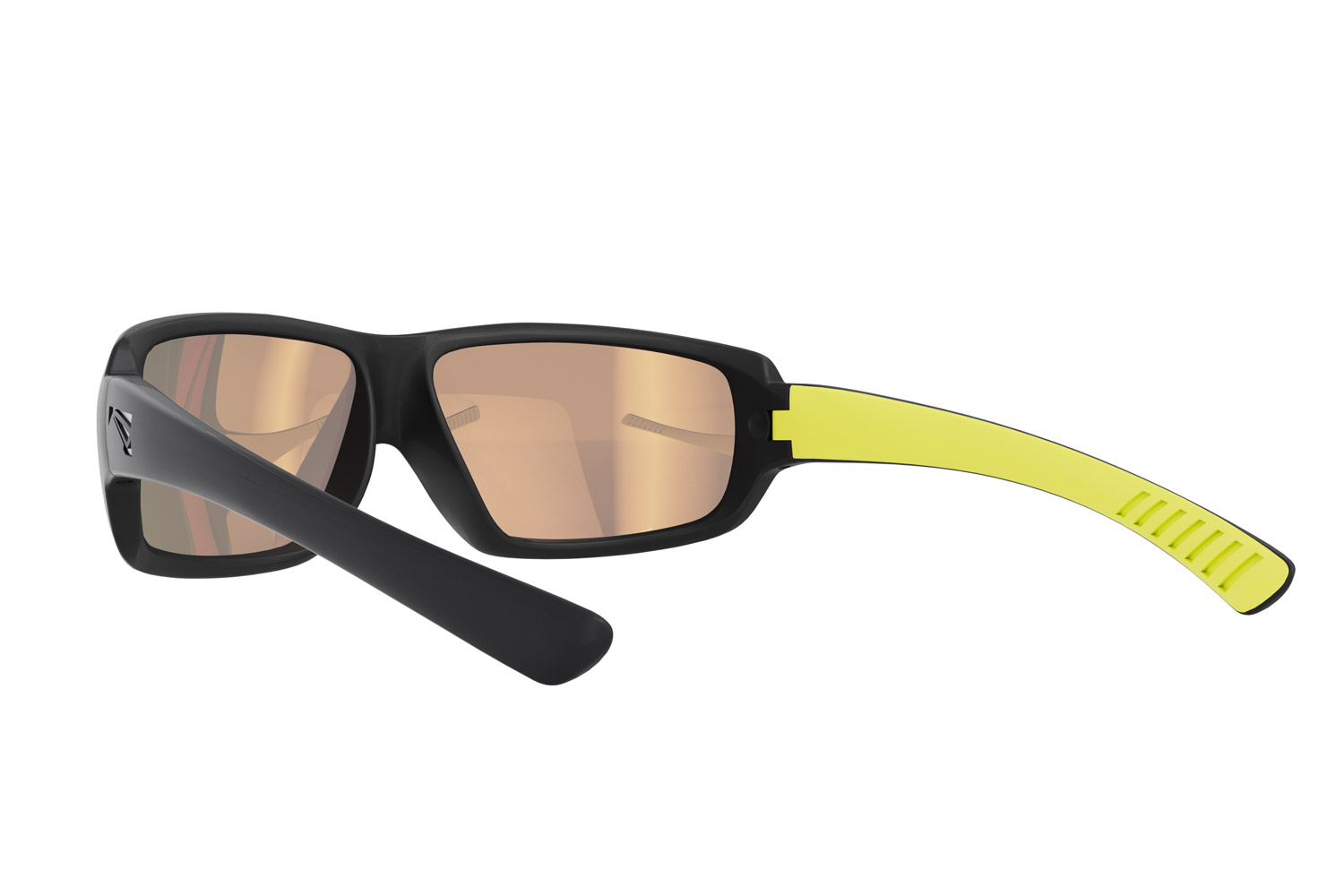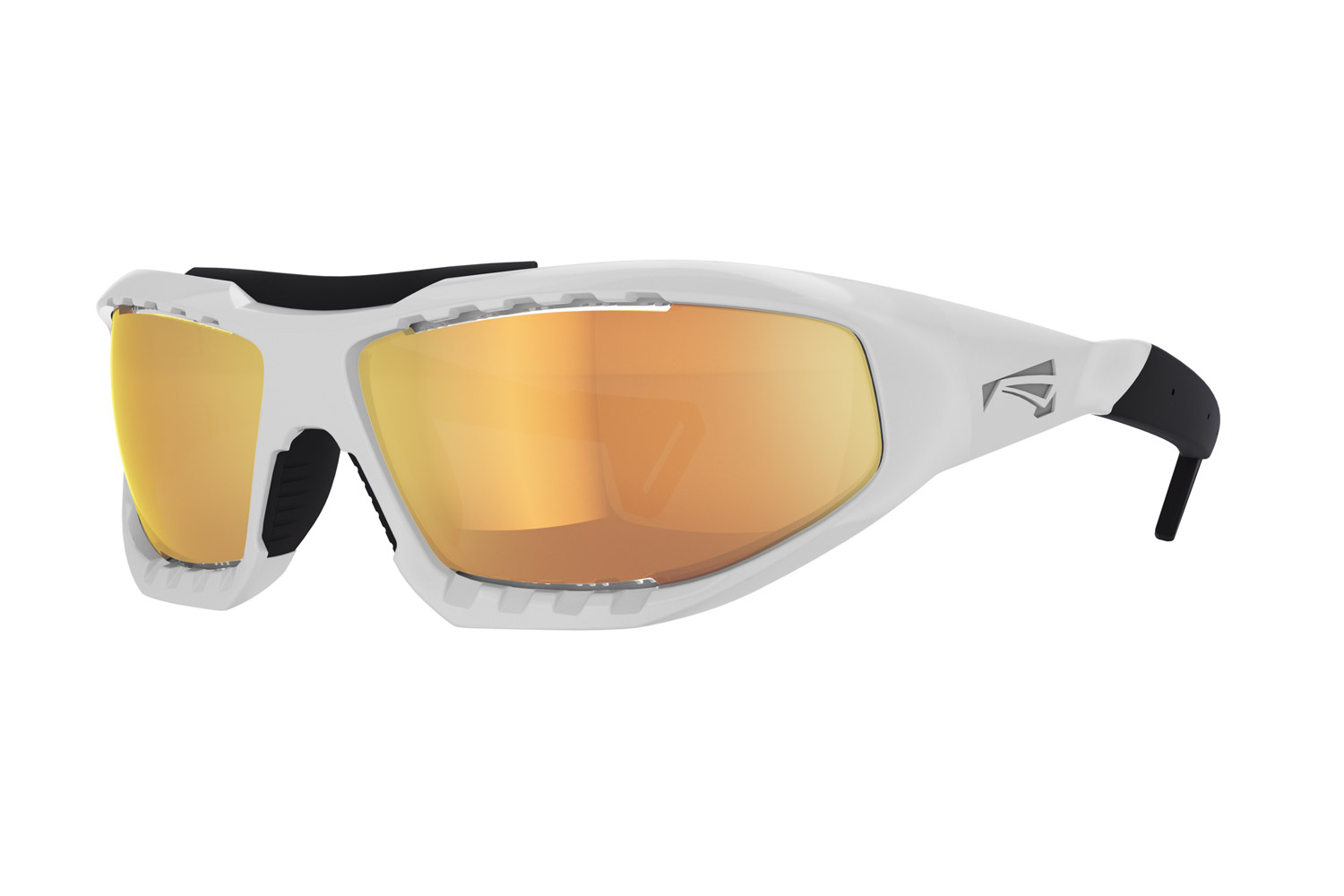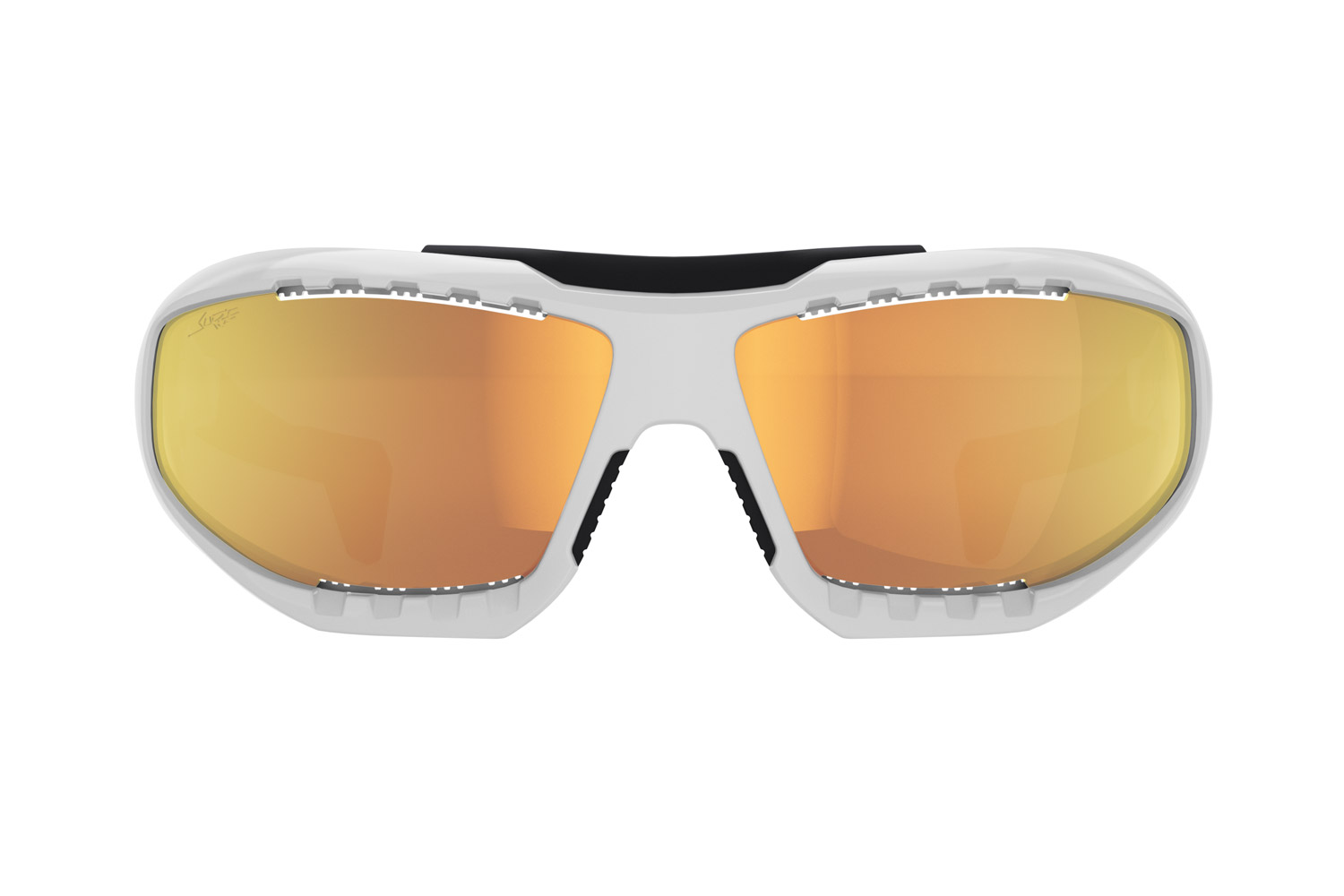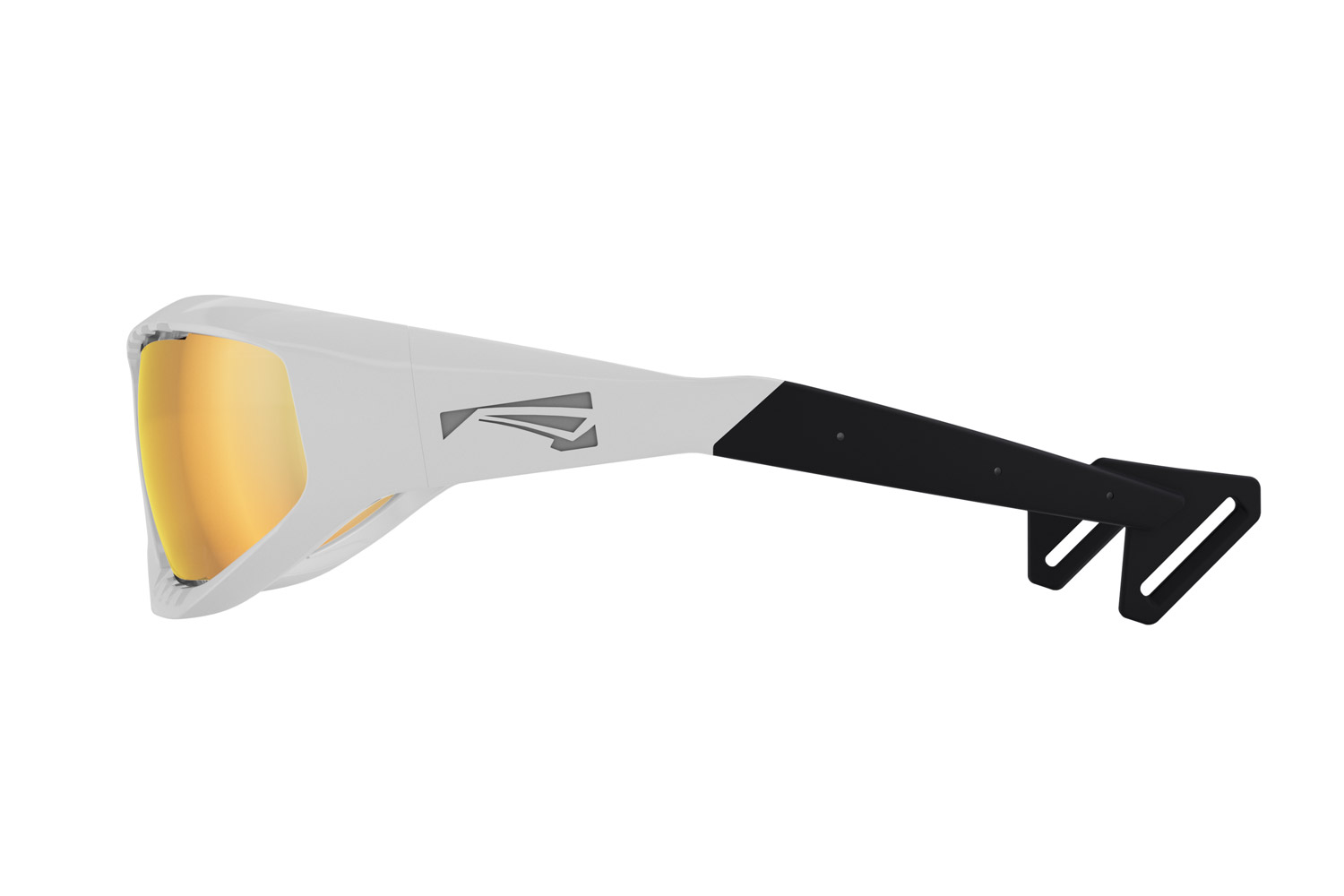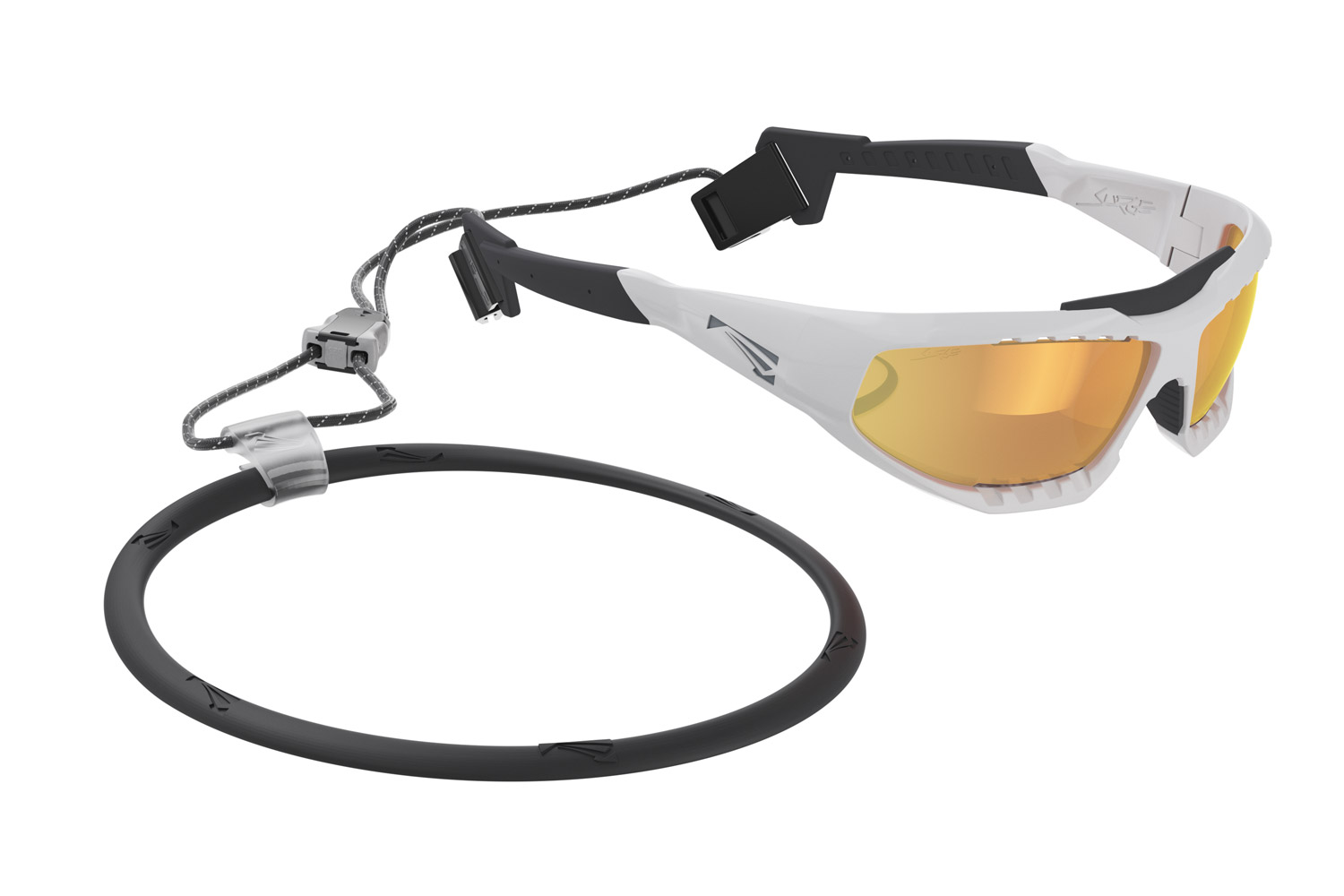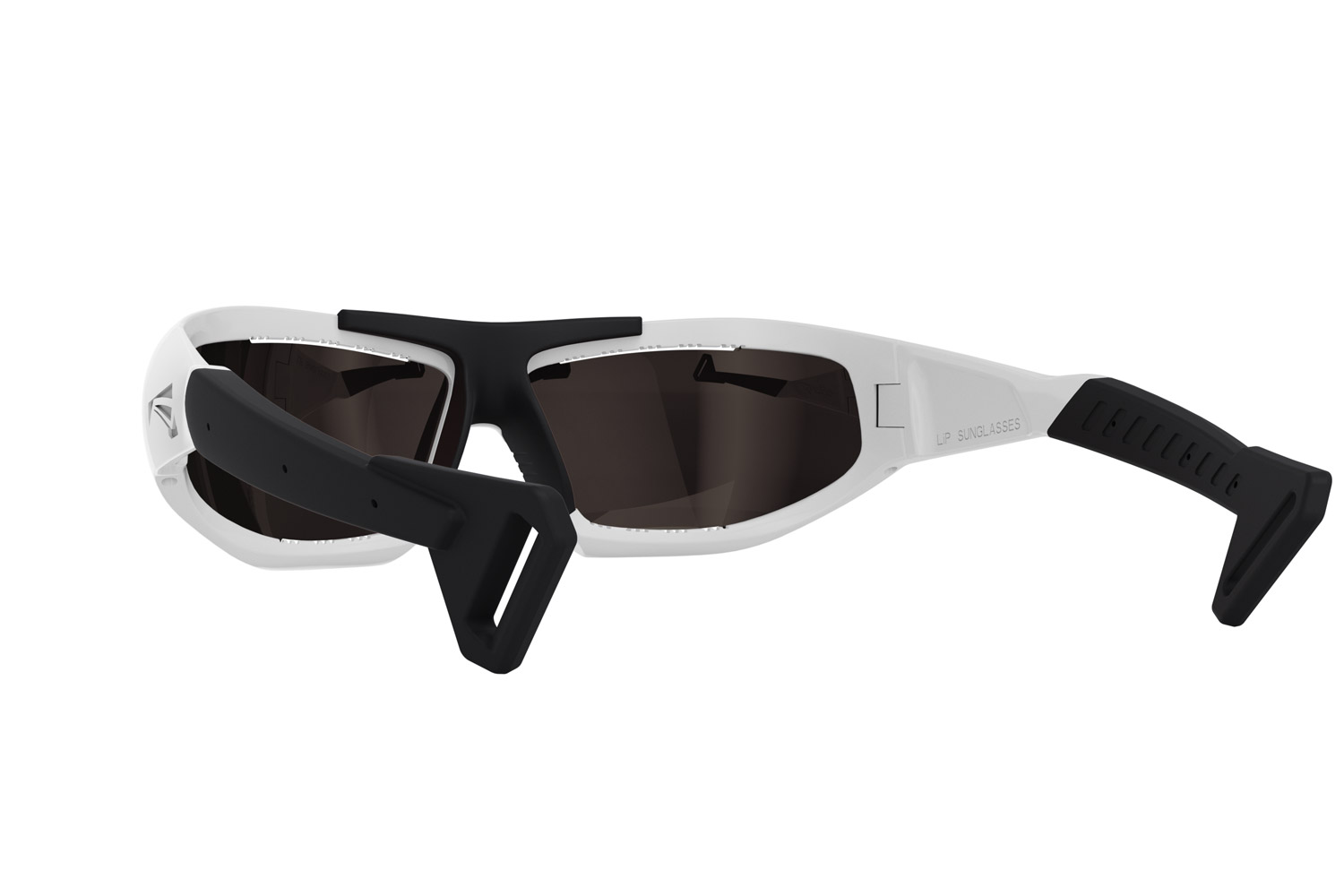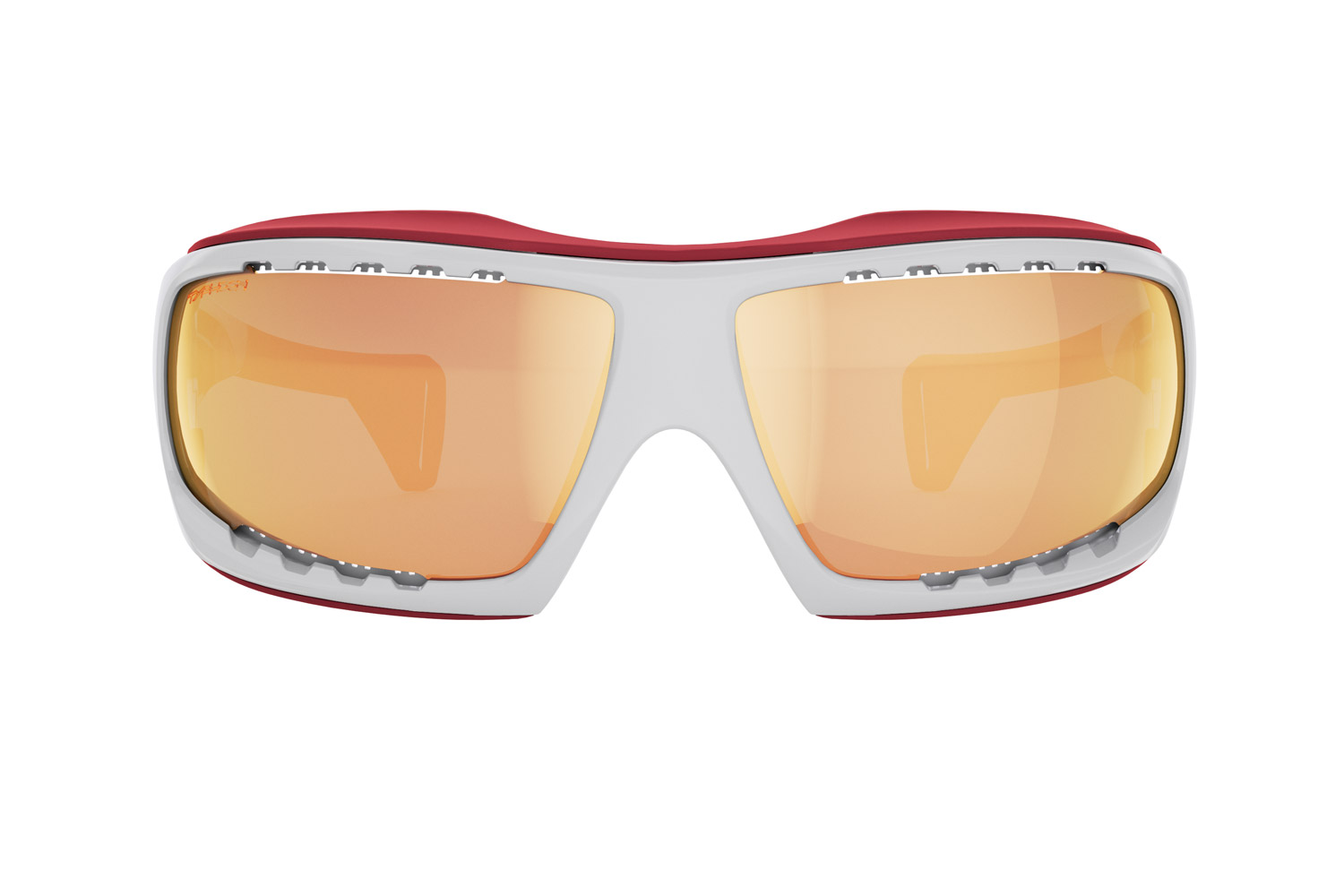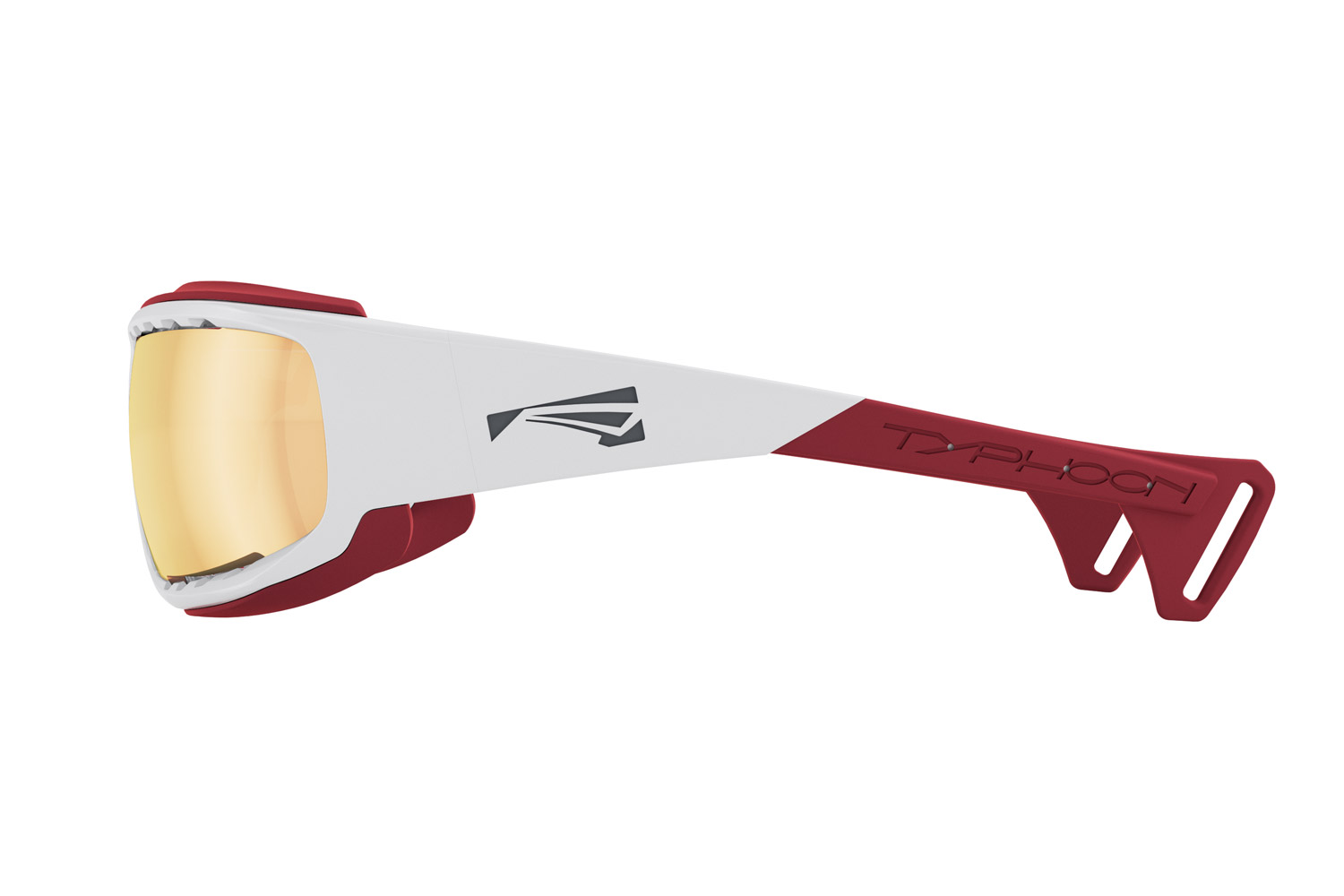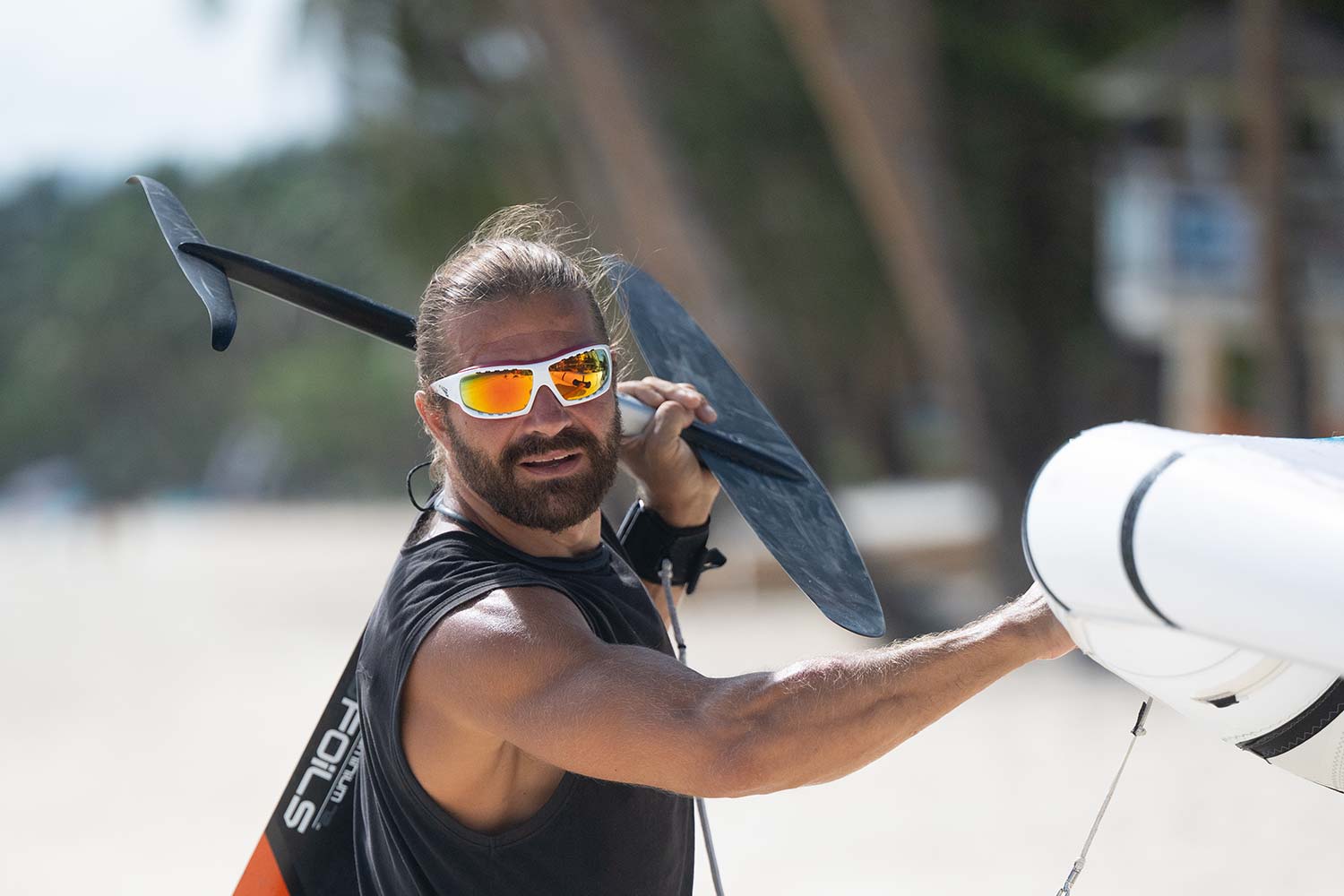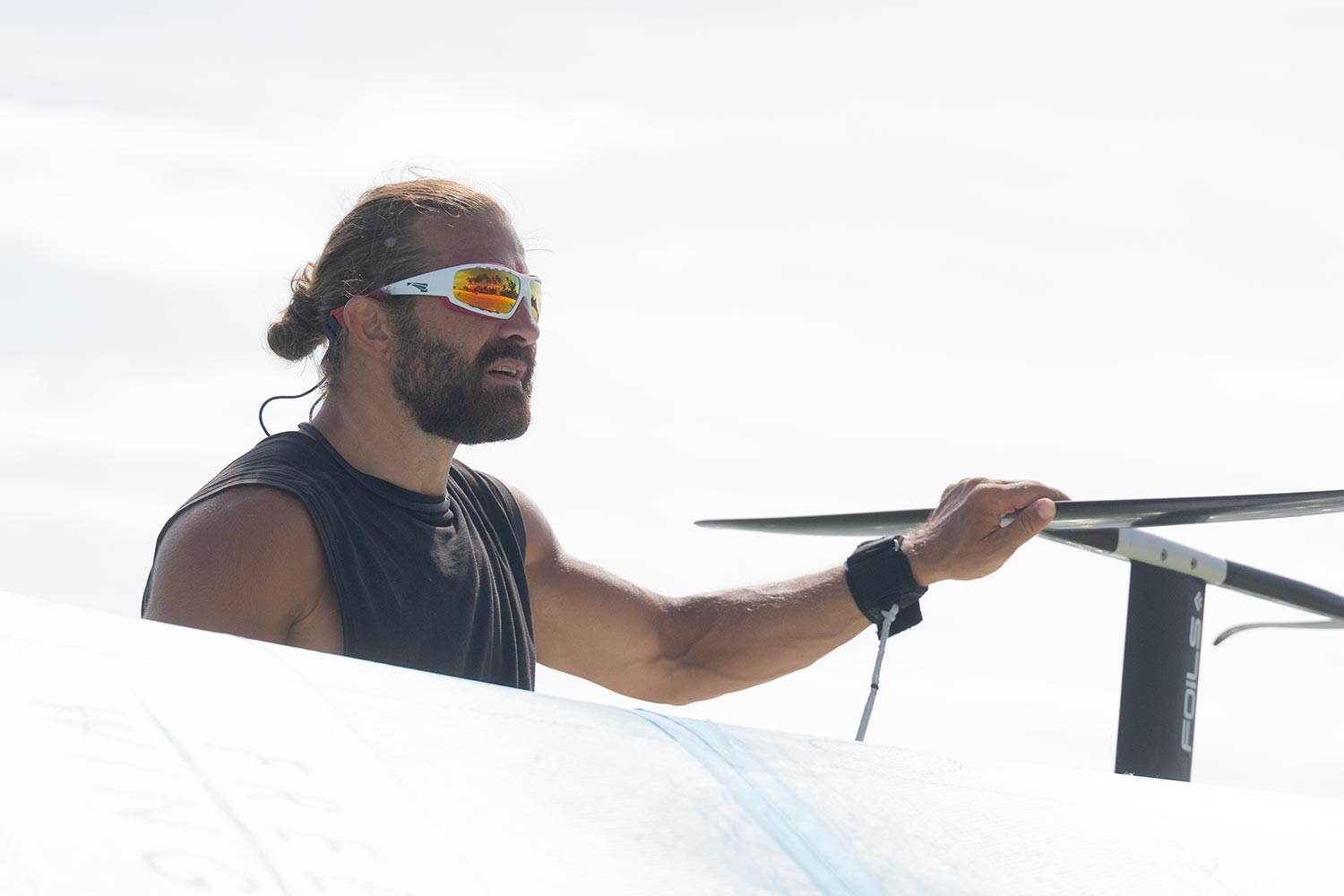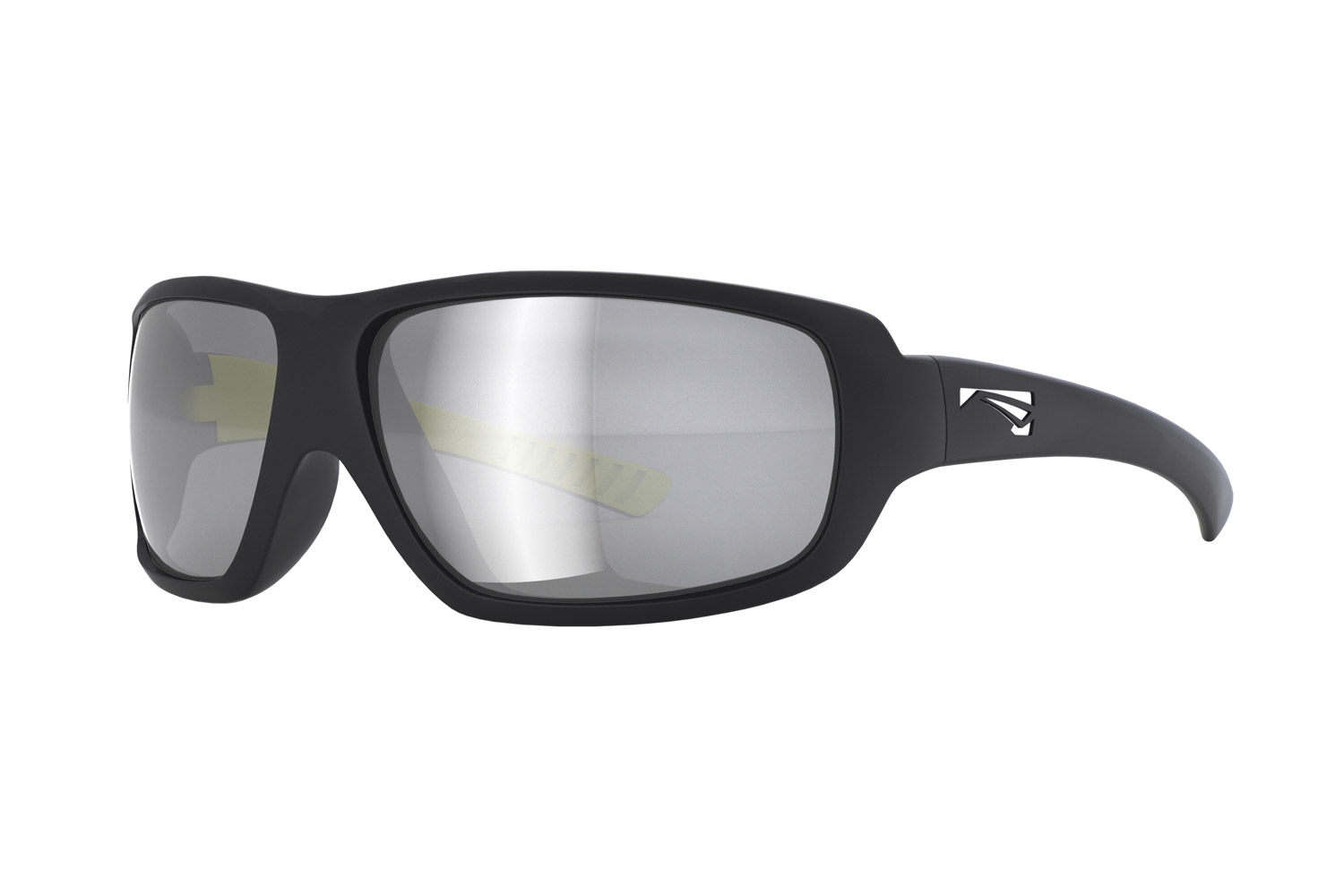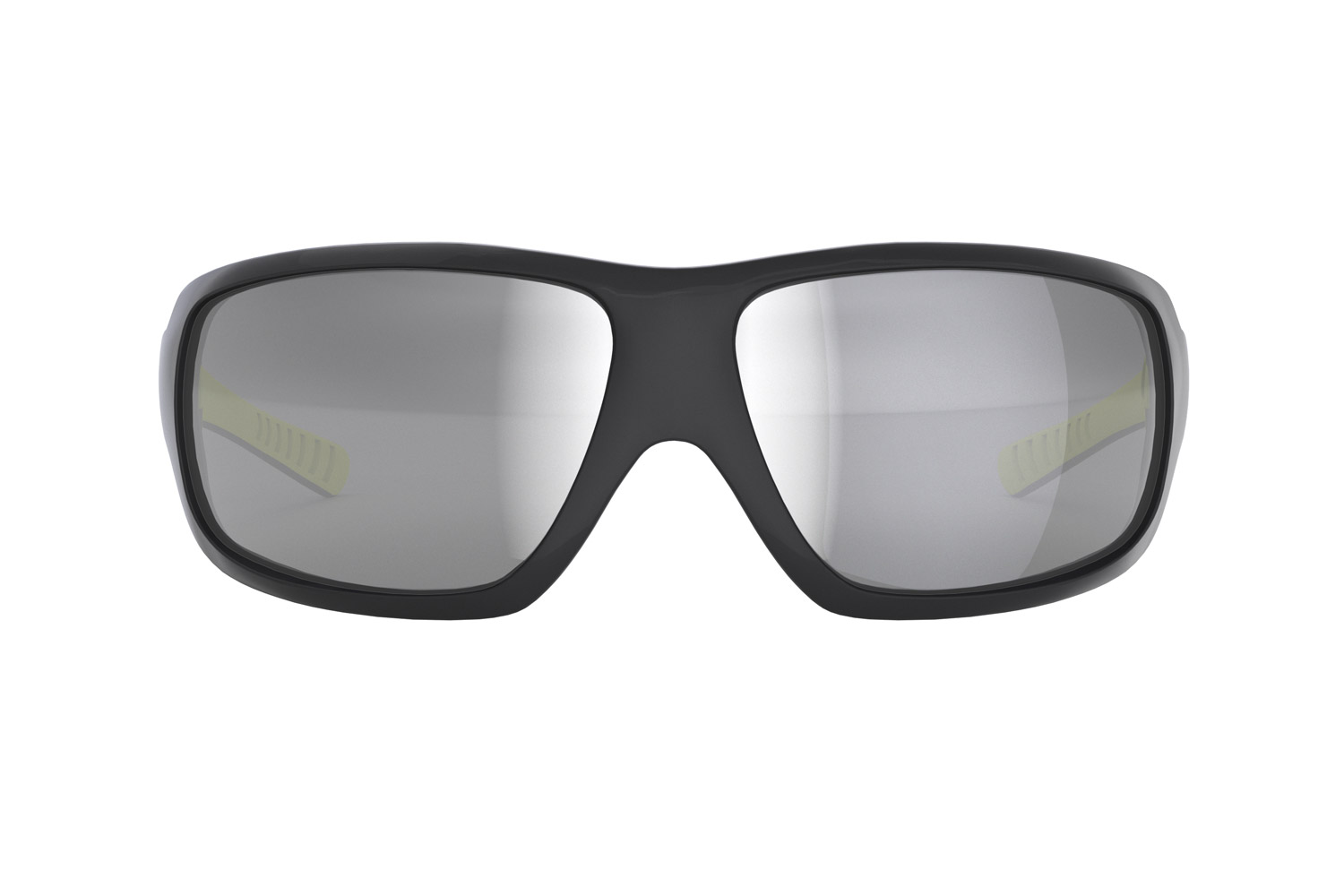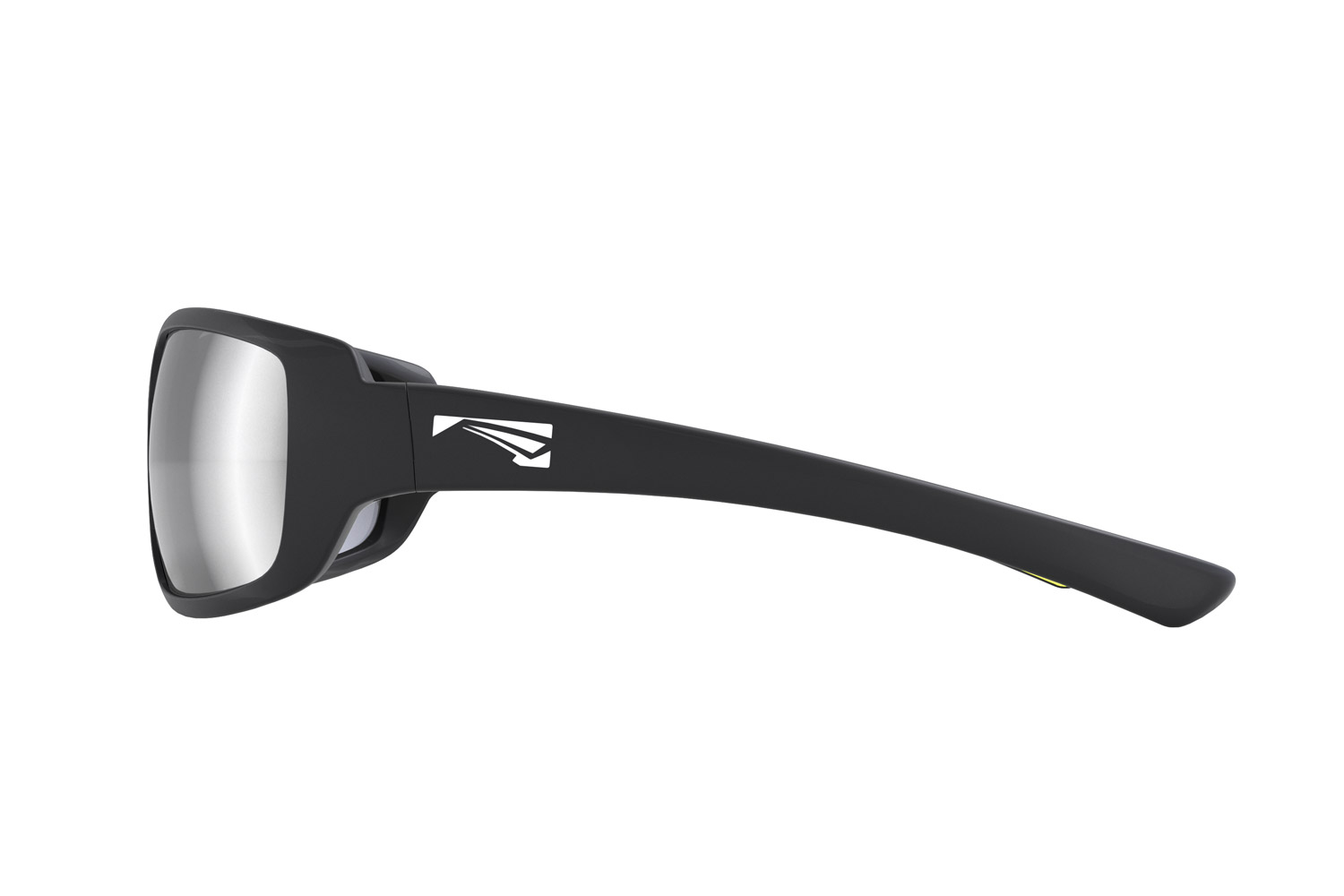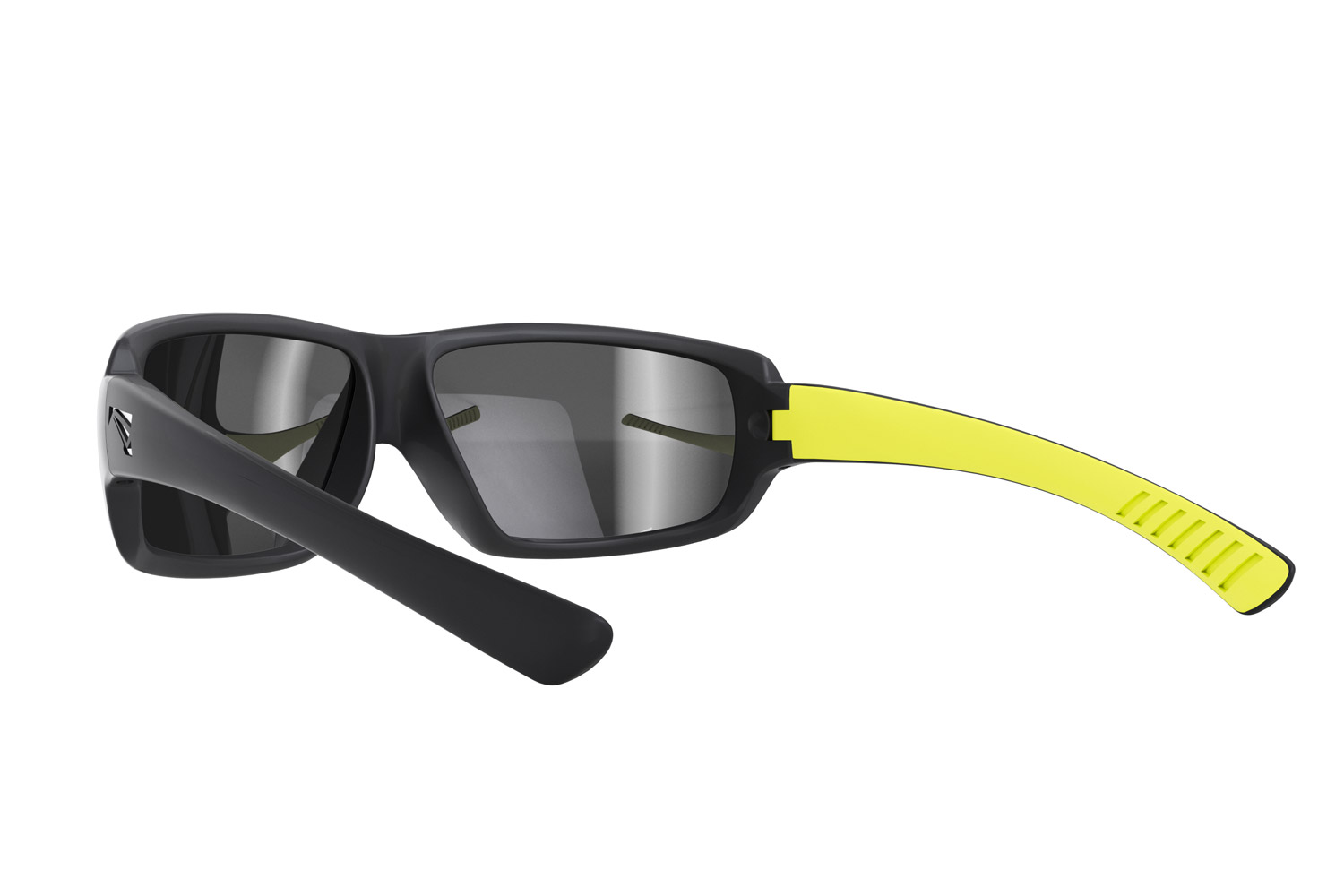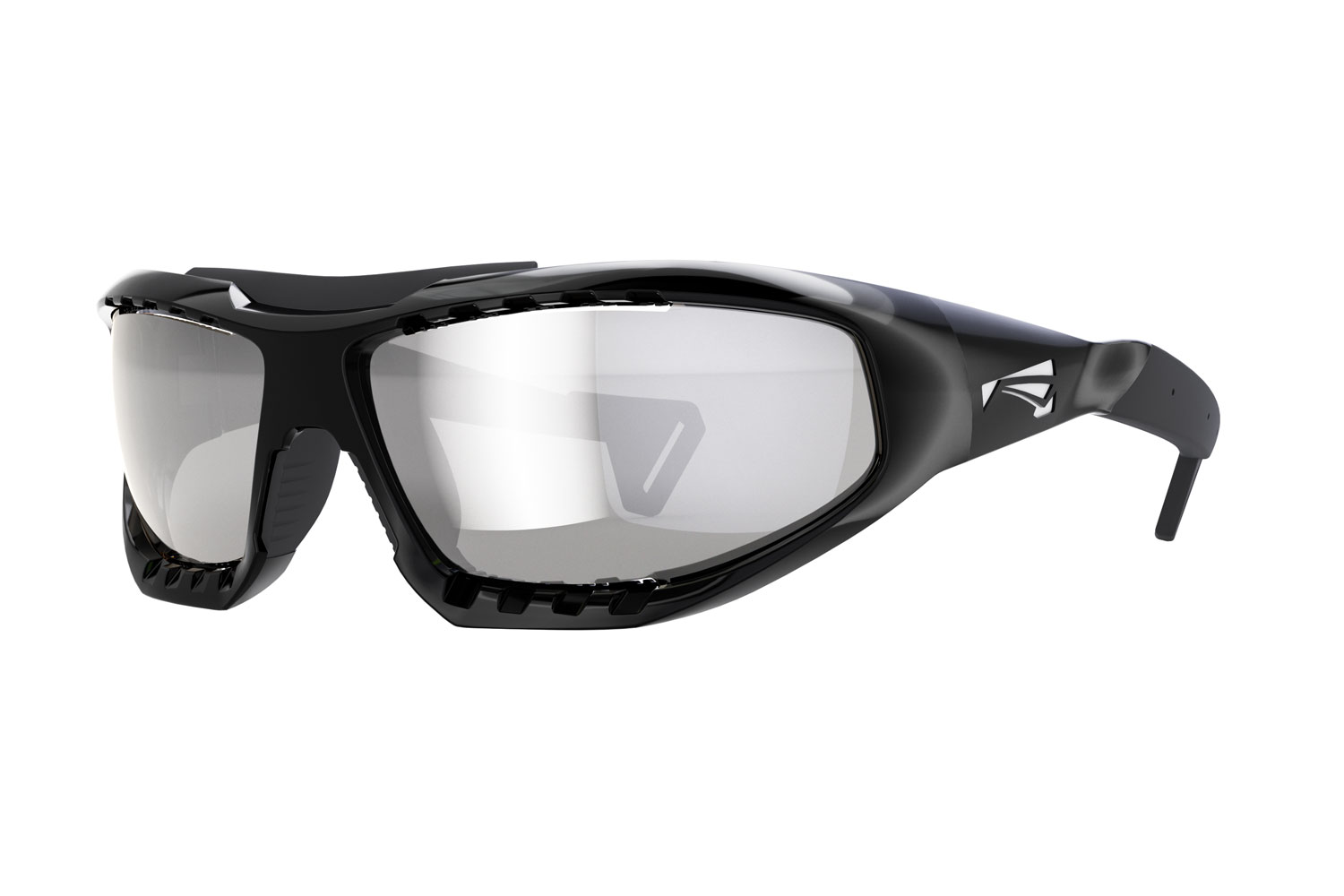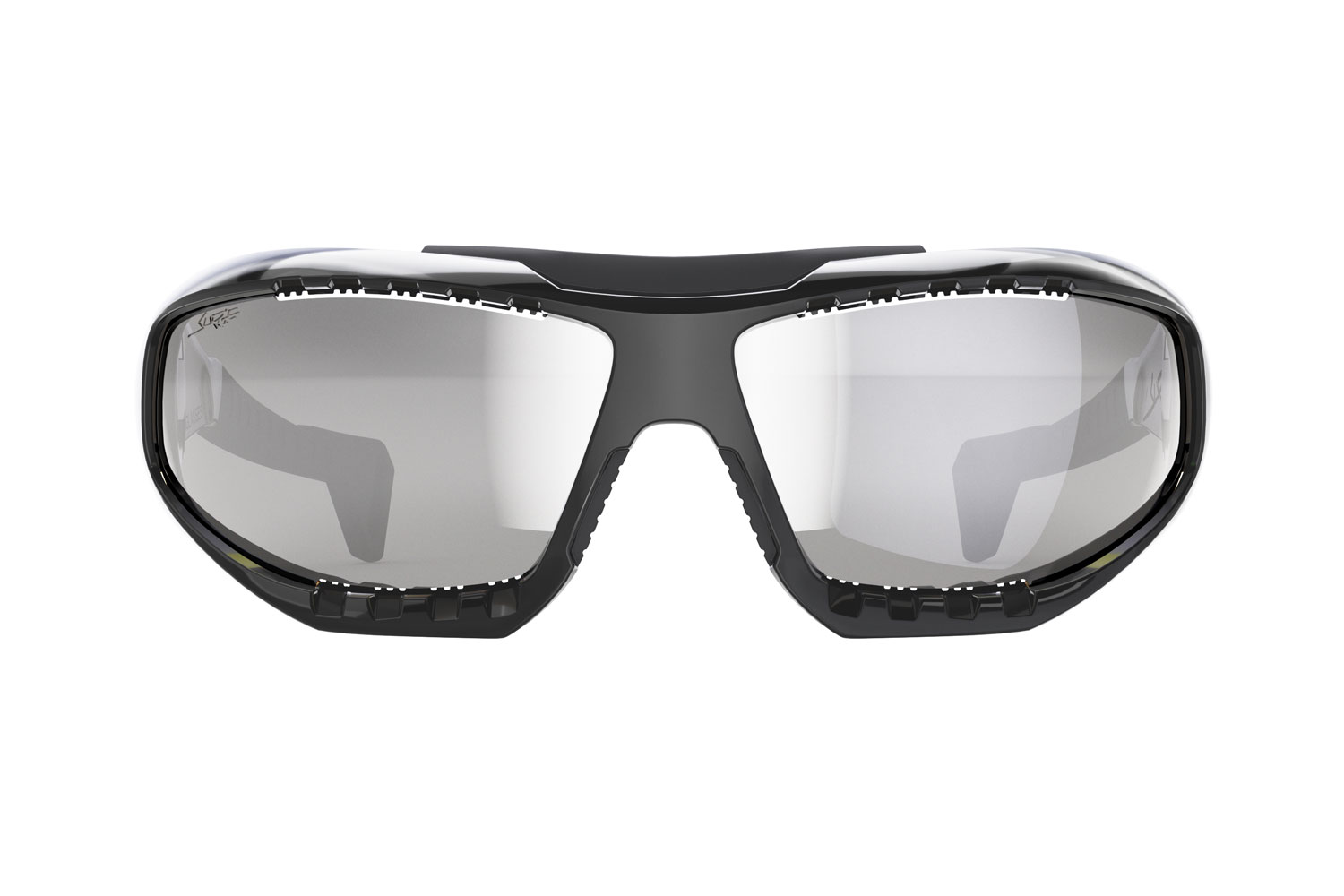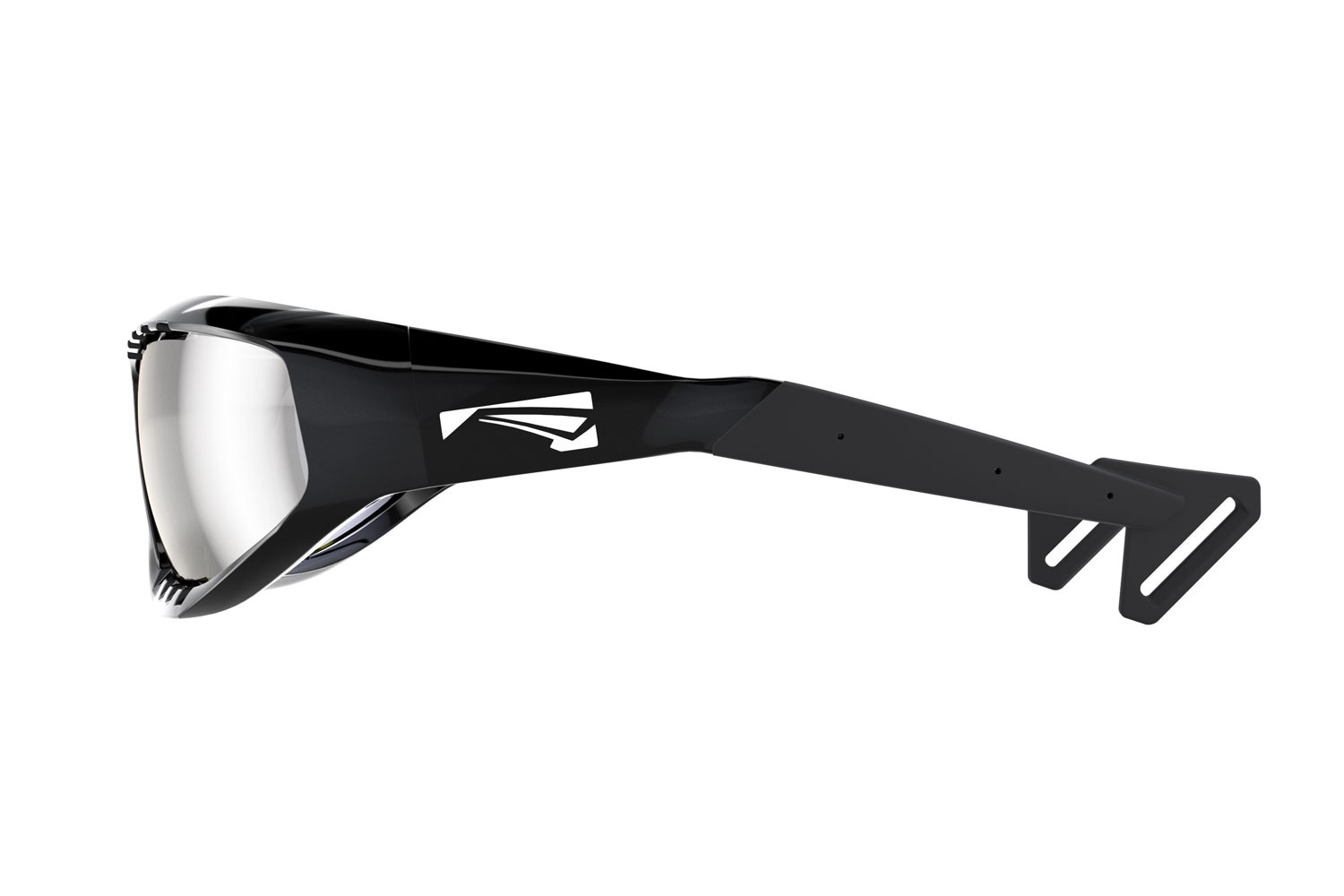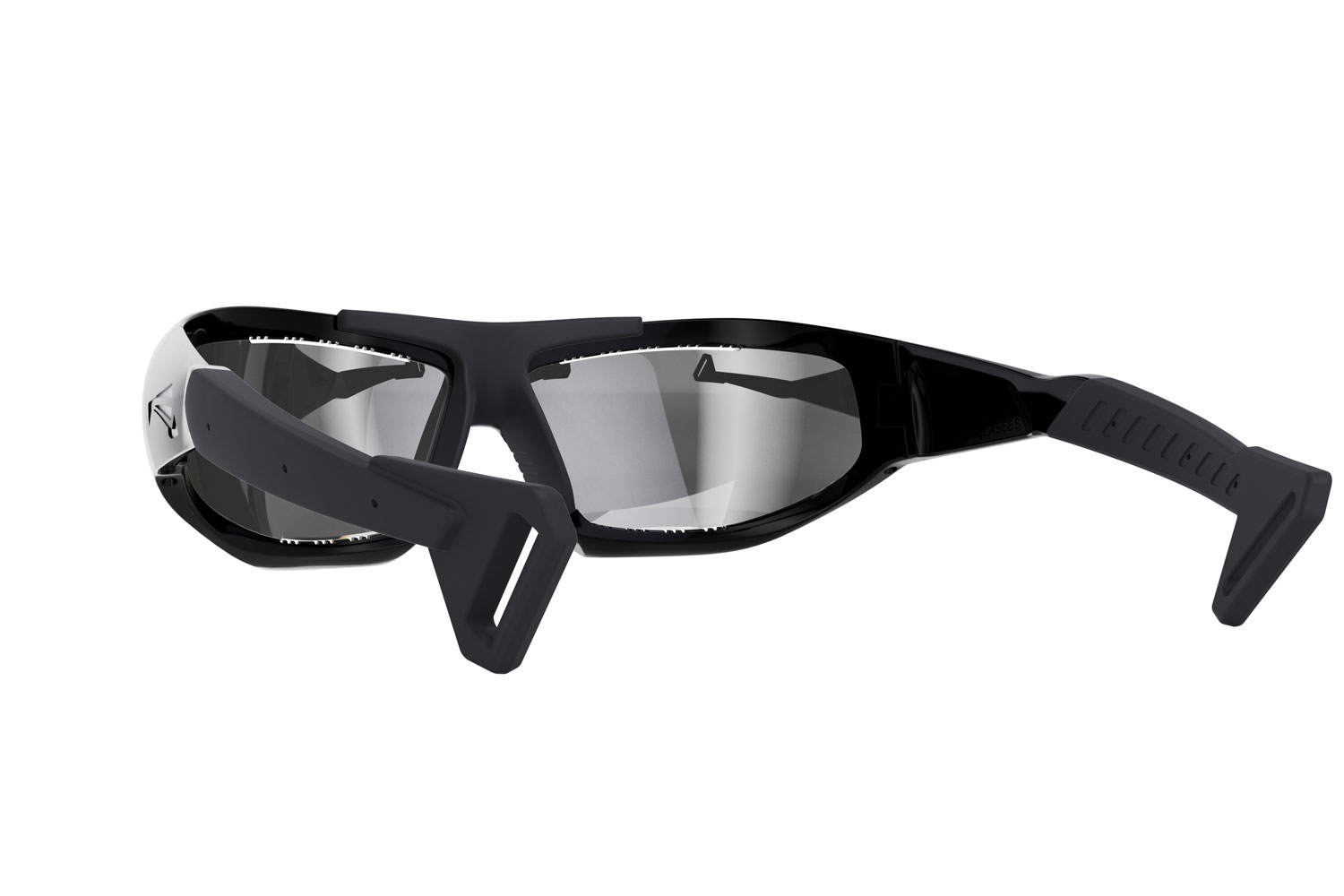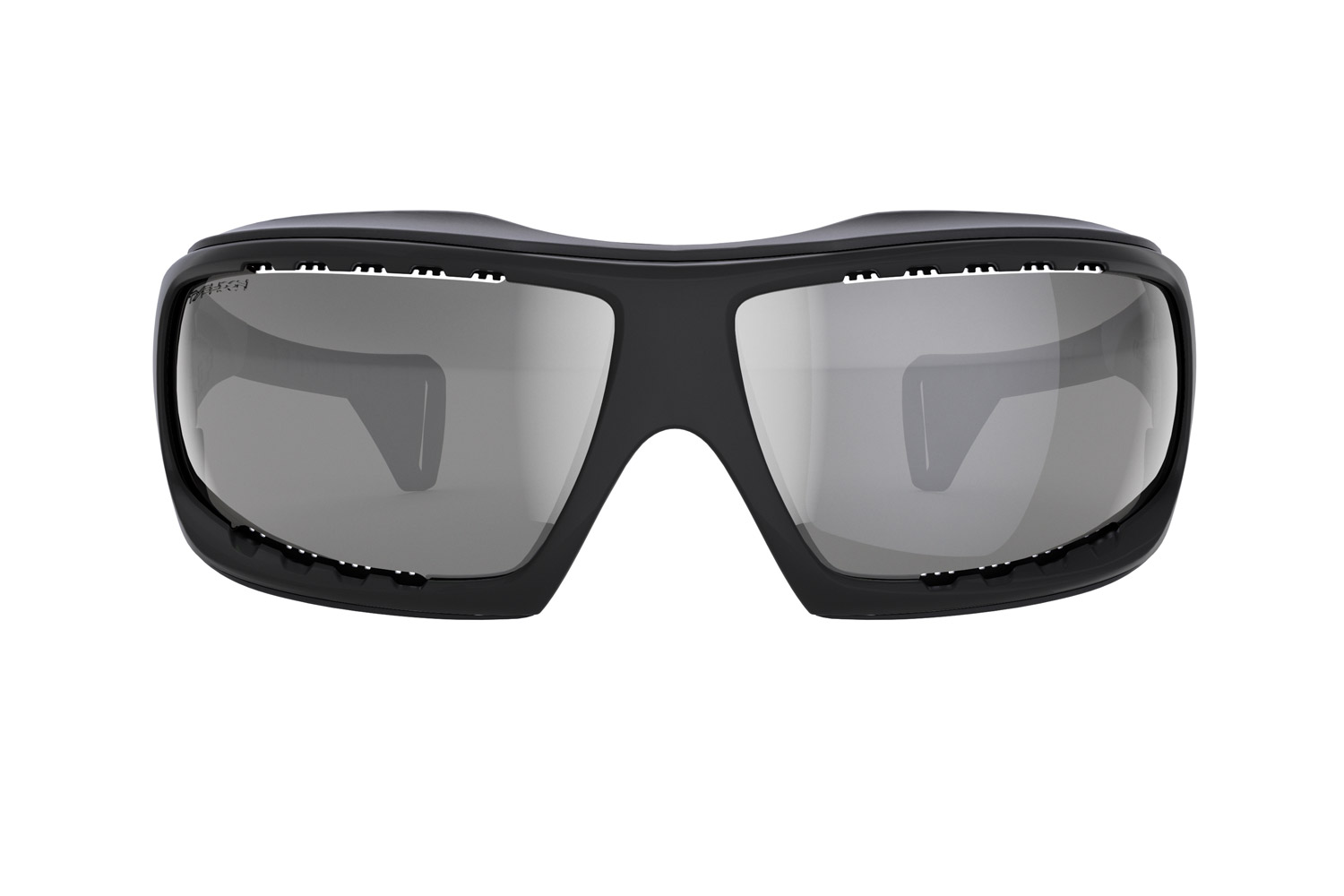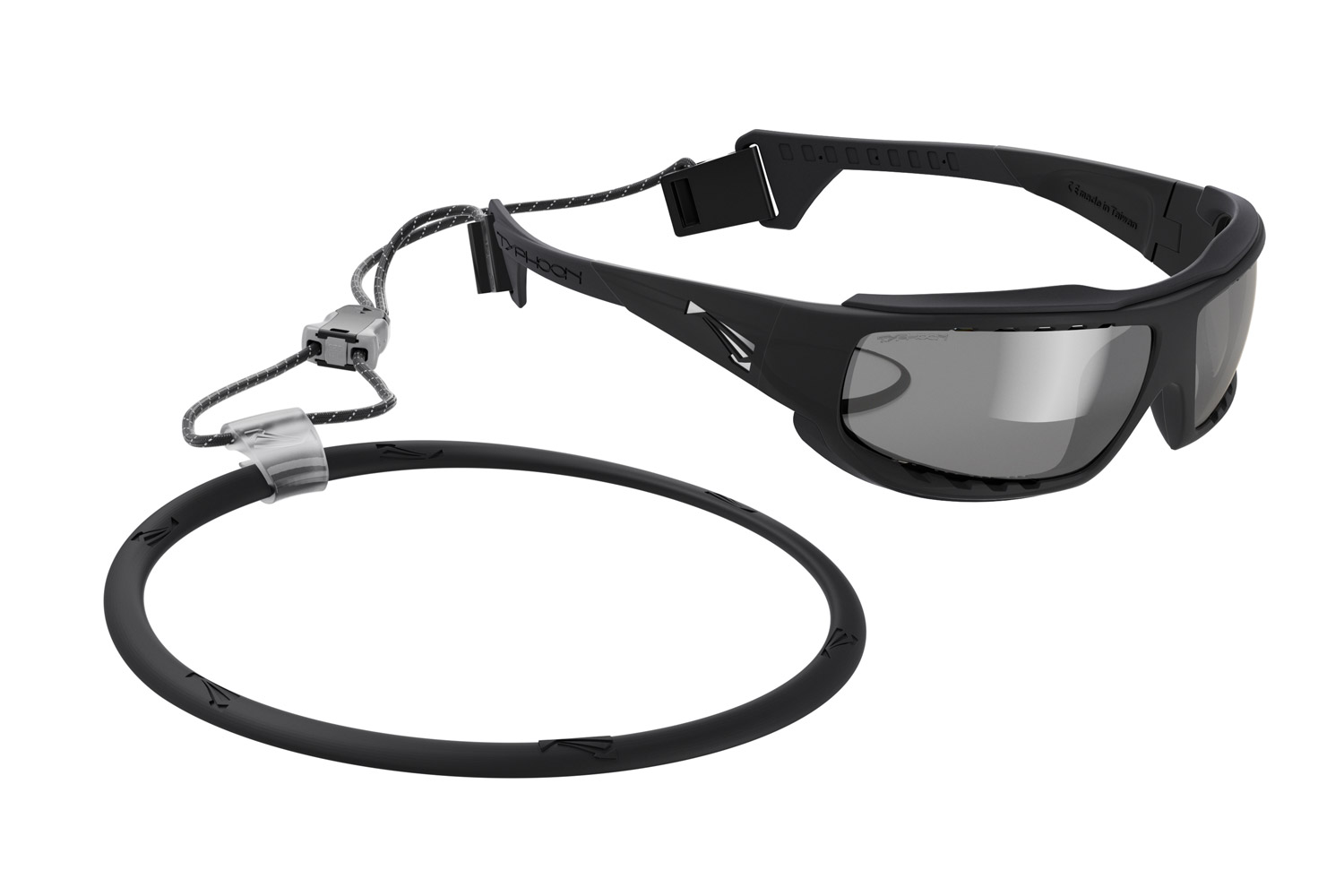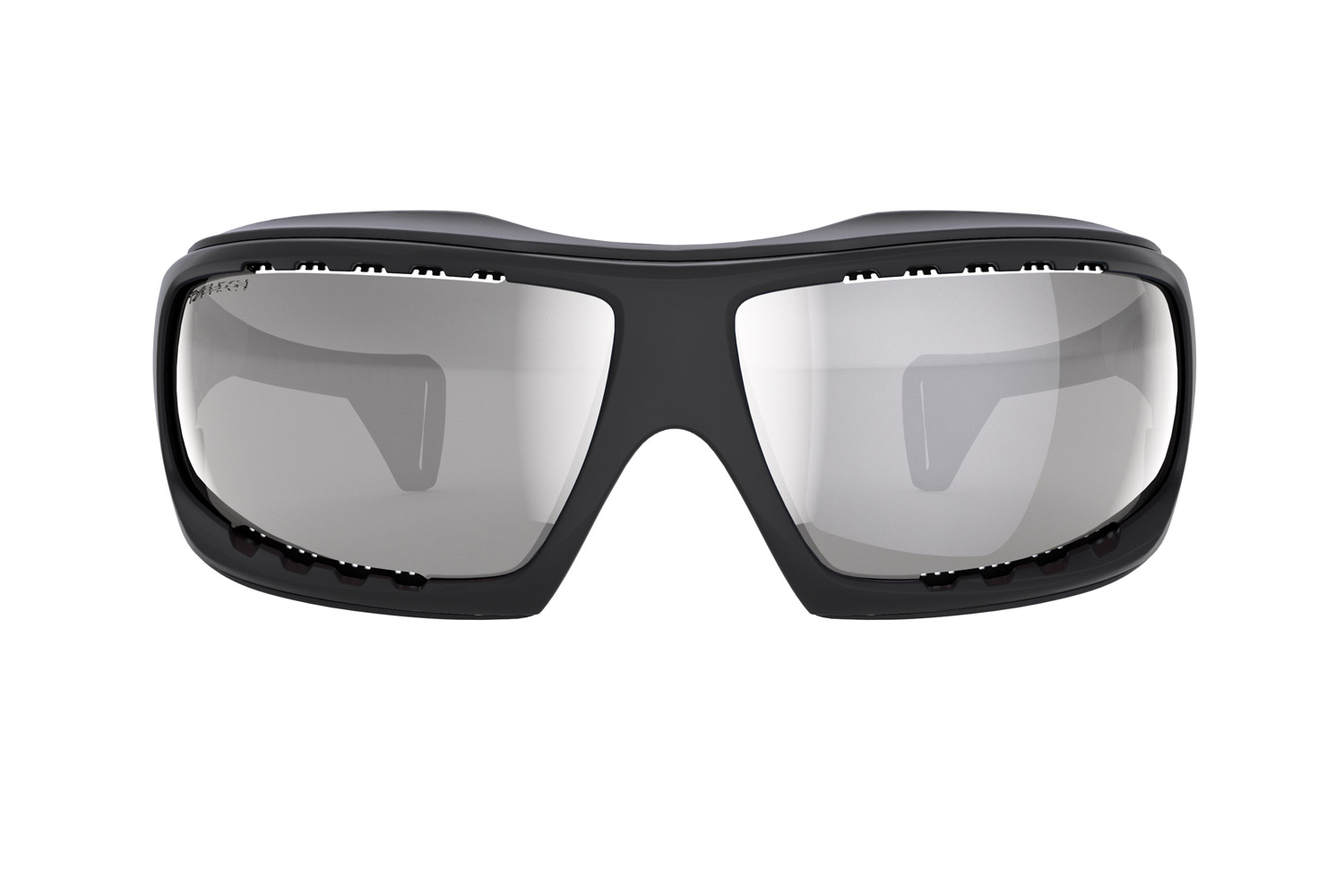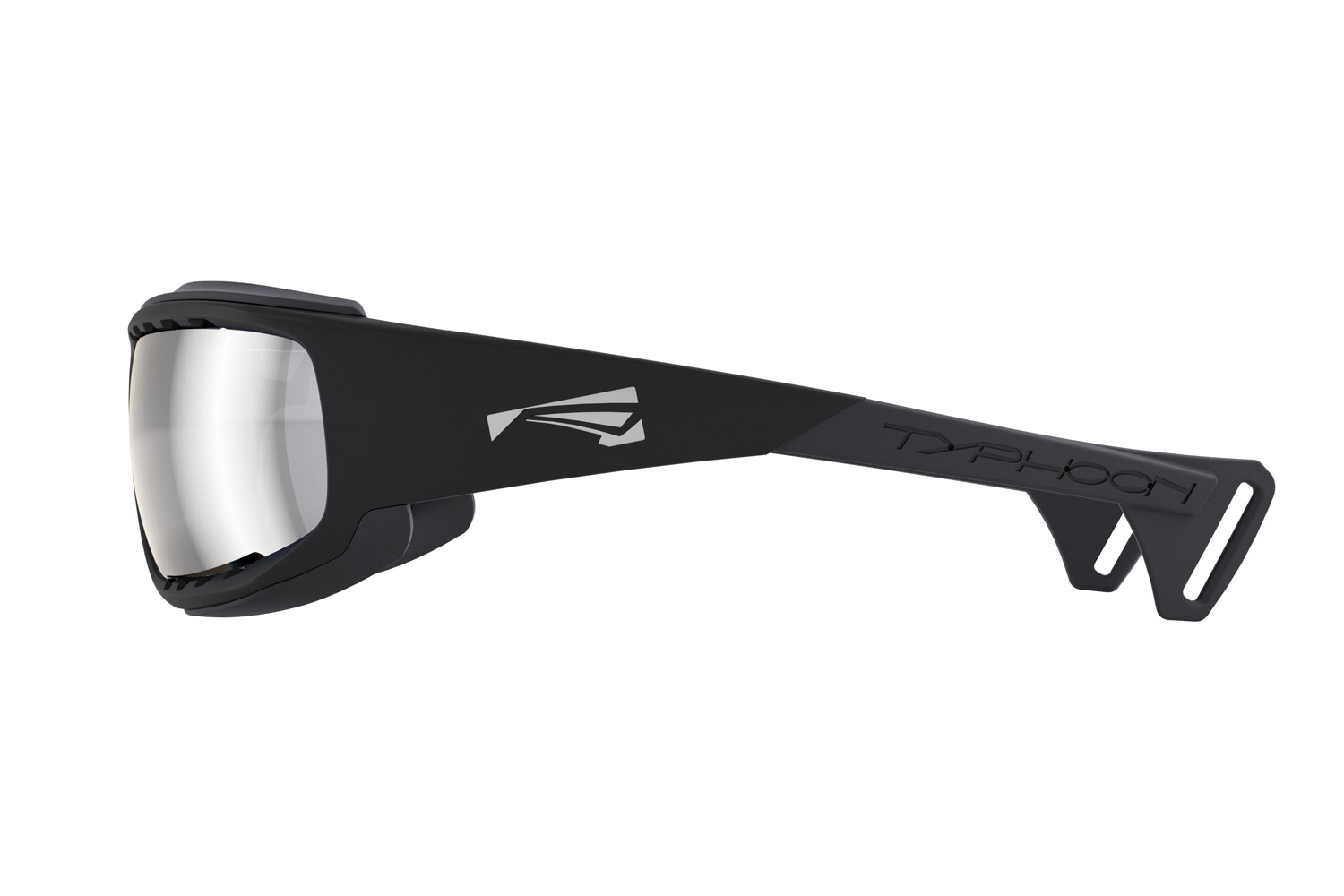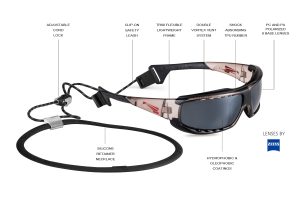Conditions on the water can change rapidly, especially during extended sessions from dawn until dusk. Sunlight intensity, reflections off water surfaces, and varying weather conditions pose unique challenges. Photochromic lenses—lenses that automatically adjust their tint according to the ambient UV levels—offer a sophisticated, practical solution. Here’s why photochromic technology might just become your best companion on the water.
Adaptive Protection from Sunrise to Sunset
Early mornings often mean softer, lower-intensity sunlight, but as the sun climbs higher, UV exposure intensifies dramatically. Photochromic lenses seamlessly transition from lightly tinted in lower light conditions to darker shades as UV radiation levels increase. This means there is no need to change sunglasses or lenses mid-session—your eyewear automatically adapts, ensuring optimal vision clarity and comfort at all times.
Convenience and Versatility
Nothing breaks the rhythm of a great session faster than having to head back to shore to switch sunglasses lenses or squint through inadequate lens tinting. Photochromic lenses eliminate this hassle, allowing watermen and women to maintain their flow without interruption. They’re ideal for those who value simplicity and efficiency in their gear choices.
Beyond convenience, photochromic lenses offer essential protection against harmful UVA and UVB rays. Constant exposure to intense sunlight reflecting off water surfaces can accelerate eye fatigue, strain, and potentially cause long-term damage. By dynamically adjusting tint, photochromic lenses help safeguard your eyes, reducing fatigue and discomfort, even on marathon sessions from sunrise to sunset.
An Ideal Balance of Function and Style
For watersports lovers committed to dawn patrol sessions and sunset sessions alike, photochromic lenses offer unparalleled advantages. They ensure adaptive visibility, continuous UV protection, and simple convenience. If you’re looking to elevate your watersports experience, it might be time to make the switch to photochromic technology and see the difference clearly—through every hour of the day.
Photochromic
FLO
Frame Colour: Matt Black / Mustard
Lens Base Colour: Brown
Mirror Colour: Multilayer Red
Visible Light Transmission: 19% to 74%
Weather: Cloudy / Low Light
Contrast: Standard
Photochromic
Surge
Frame Colour: Gloss White
Lens Base Colour: Brown
Mirror Colour: Red
Visible Light Transmission: 19% - 74%
Weather: Cloudy / Low Light
Contrast: Standard
Photochromic
TYPHOON
Frame Colour: Gloss White
Lens Base Colour: Brown
Mirror Colour: Multilayer Red
Visible Light Transmission: 19% to 74%
Weather: Cloudy / Low Light
Contrast: Standard
Photochromic + Anti-Fog
FLO
Frame Colour: Matt Black / Mustard
Lens Base Colour: Smoke
Mirror Colour: Multilayer Silver
Visible Light Transmission: 14%-52%
Weather: Sunny / Variable
Contrast: Standard
Photochromic + Anti-Fog
SURGE
Frame Colour: Gloss Black
Lens Base Colour: Smoke
Mirror Colour: Silver
Visible Light Transmission: 52% - 14%
Weather: Sunny / Variable
Contrast: Standard
Photochromic
TYPHOON
Frame Colour: Matt Black
Lens Base Colour: Smoke
Mirror Colour: None
Visible Light Transmission: 15% – 45%
Weather: Sunny / Variable
Contrast: Standard
Photochromic + Anti-Fog
TYPHOON
Frame Colour: Matt Black
Lens Base Colour: Smoke
Mirror Colour: Multilayer Silver
Visible Light Transmission: 14% – 52%
Weather: Sunny / Variable
Contrast: Standard
A Consideration on Polarization
While photochromic lenses offer remarkable versatility and convenience, they do have one limitation—most notably their inability to eliminate reflected glare, particularly noticeable early in the early morning and late afternoon when the sun is low on the horizon. The only lens technology that is capable of eliminating reflected glare is polarization.
The solution to this issue is the combining of both photochromic and polarized technologies into one lens. Recognizing this gap, LiP Sunglasses will introduce lenses featuring both polarization and photochromic capabilities in the summer of 2025, providing the ultimate in adaptive vision for watersports.
This combination of lens technologies is currently available in our range of prescription lenses. You can learn more about these prescription lens options here and here.

